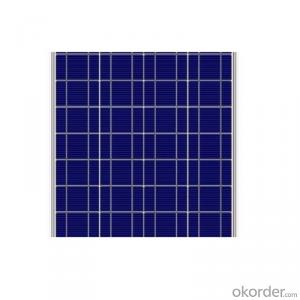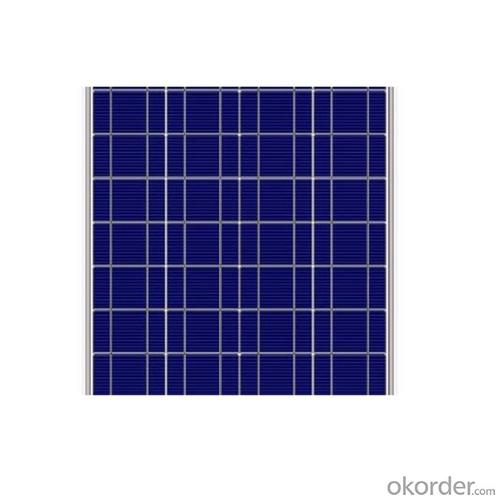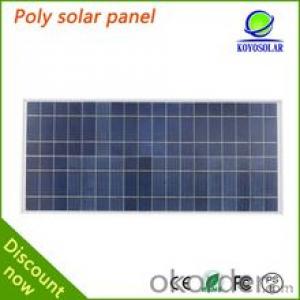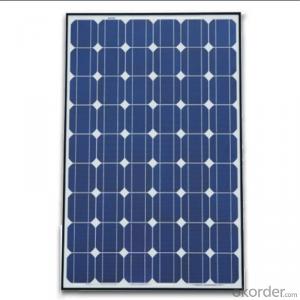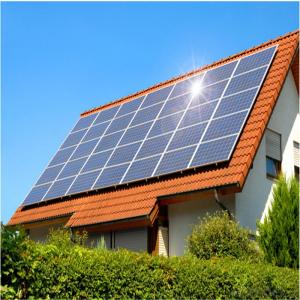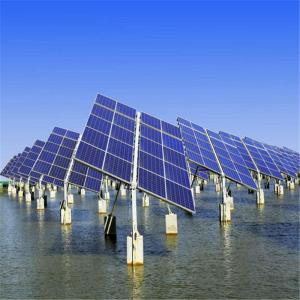205 Watt Thin Solar Cells Poly Photovoltaic Solar Panel
- Loading Port:
- China main port
- Payment Terms:
- TT OR LC
- Min Order Qty:
- 1000 watt
- Supply Capability:
- 500000 watt/month
OKorder Service Pledge
OKorder Financial Service
You Might Also Like
Specification
Instruction
Quality and Safety
1. Rigorous quality control meets the highest international standards.
2. High-transmissivity low-iron tempered glass, strong aluminium frame.
3. Using UV-resistant silicon.
4. IS09001/14001/CE/TUV/UL
5.3w-300w mono & poly solar panel supply
Warranties
1. 10 years limited product warranty
2. 15 years at 90% of the minimal rated power output
3. 25 years at 80% of the minimal rated power output
Feature
1. High efficiency and High power.
2. Long-term electrical stability.
3. Lowest price and Fastest delivery.
4. Good quality and good service.
5.Bulk supply
6. Good Warranty
7.Big Sale
8.High quality
9.More than 35 years on the lifetime.
10 DHL/Fedex/UPS/TNT/EMS etc
Images
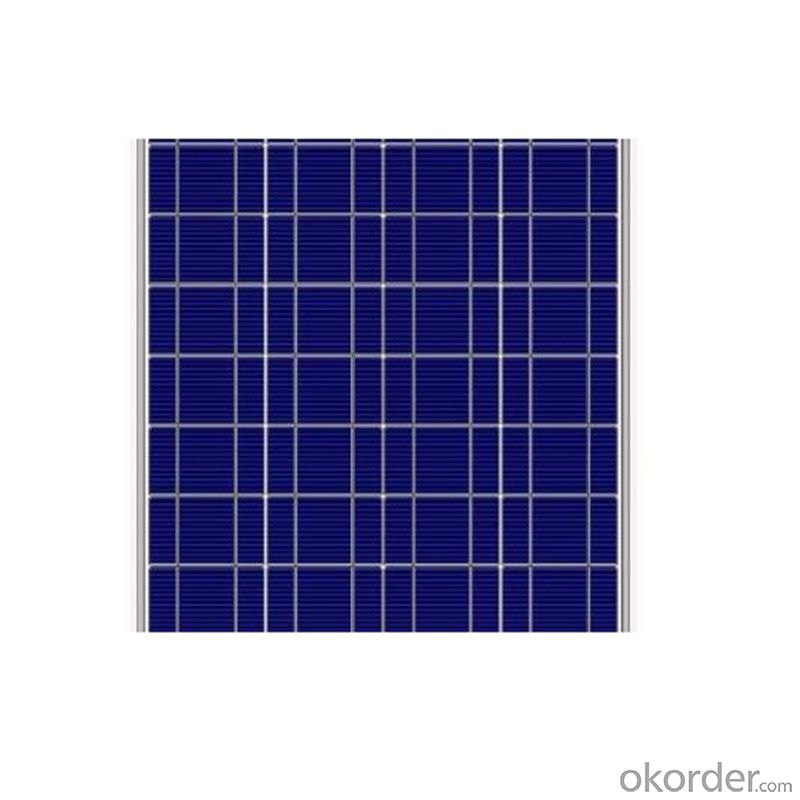
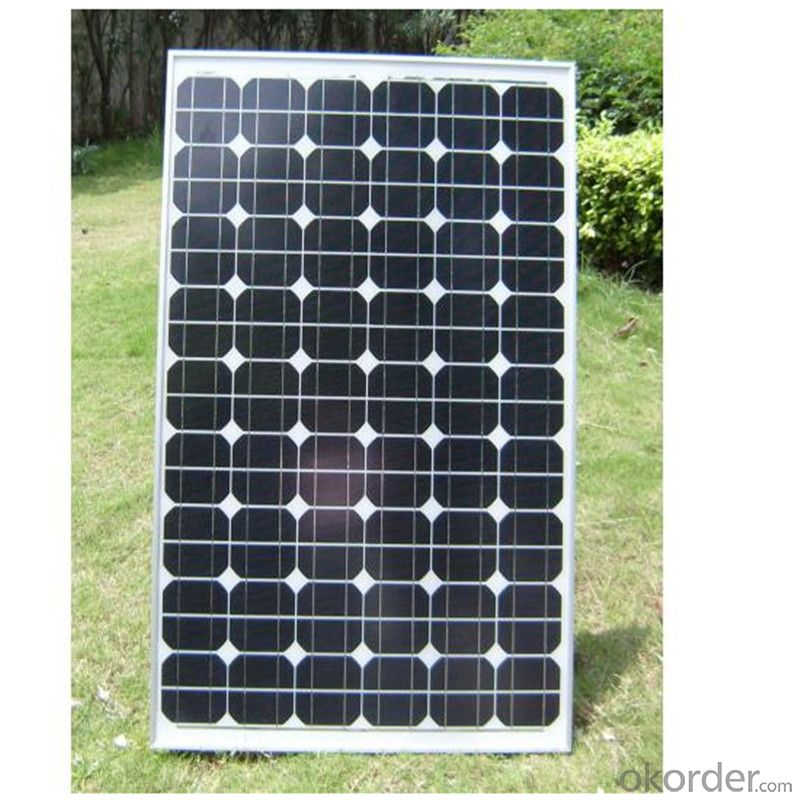
Specification
Model | SIM-100 |
Maximum Power at ST(Pmax)W | 100Wp |
Maximum Power Voltage(Vmp)V | 18.0V |
Maximum Power Current(Imp)A | 5.56A |
Open Circuit Voltage(Voc)V | 22.0V |
Short Circuit Current(Isc)A | 5.9A |
Cell Efficiency(%) | 17.0% |
Module Efficiency(%) | 15.37% |
Operating Temperature°C | -40°C to 85°C |
Maximum system voltage | 1000V(IEC)DC |
Power tolerance | -0.03 |
Temperature coefficients of Pmax | -0.45%/°C |
Temperature coefficients of Voc | -0.27%/°C |
Temperature coefficients of Isc | 0.05%/°C |
Weight(kg) | 7.4 |
Number of cell(pcs) | 4*9 |
FAQ
We have organized several common questions for our clients,may help you sincerely:
1). What’s price per watt?
A: It’s depends on the quantity, delivery date and payment terms of the order. We can talk further about the detail price issue. Our products is high quality with lower price level.
2). Can you tell me the parameter of your solar panels?
We have different series of cells with different power output, both from c-si to a-si. Please take our specification sheet for your reference.
3). How do you pack your products?
We have rich experience on how to pack the panels to make sure the safety on shipment when it arrives at the destination.
4). How long can we receive the product after purchase?
In the purchase of product within three working days, We will arrange the factory delivery as soon as possible. The perfect time of receiving is related to the state and position of customers. Commonly 7 to 10 working days can be served.
- Q: Can solar cells be used on airplanes?
- Yes, solar cells can be used on airplanes. In fact, solar-powered airplanes have been developed and successfully flown, demonstrating the feasibility of harnessing solar energy for aircraft propulsion. Solar cells can be integrated into the wings or body of the airplane to capture sunlight and convert it into electrical energy, reducing reliance on traditional fuel sources and making air travel more sustainable.
- Q: Can solar cells be used to power an entire household?
- Yes, solar cells can be used to power an entire household. By installing a sufficient number of solar panels and utilizing battery storage systems, solar cells can generate enough electricity to meet the energy needs of a household. This allows for the reduction or elimination of reliance on the traditional electrical grid, resulting in lower energy costs and a more sustainable and environmentally friendly power source.
- Q: What is the accurate explanation for the sun solar cell power system? How does it work?
- Even though the sun solar cell power system is much more developed then before, its working process is still a bit complicated compared to the conventional power supply system.
- Q: How does the solar cell work in terms of photochemical conversion?
- The photovoltaic cell module is capable of generating electromotive force when light is irradiated to obtain energy.
- Q: Can solar cells generate power at night?
- No, solar cells cannot generate power at night as they rely on sunlight to produce electricity.
- Q: What is the effect of shading on solar cell performance?
- Shading has a significant negative effect on solar cell performance as it reduces the amount of sunlight reaching the cell, leading to decreased energy production. Even a small shaded area can cause a significant drop in efficiency, as solar cells are interconnected and operate in series. The shaded portion acts as a barrier, limiting the flow of current and reducing overall power output. Therefore, it is crucial to minimize shading to maximize the performance and efficiency of solar cells.
- Q: What is the lifespan of a solar cell?
- The lifespan of a solar cell varies depending on several factors such as the quality of materials used, manufacturer specifications, and environmental conditions. However, on average, most solar cells have a lifespan of around 25 to 30 years.
- Q: How does the photovoltaic cells work?
- Solar Cells, covering single crystal, polycrystalline and amorphous materials utilising homojunctions and heterojunctions, Schottky barriers, liquid junctions and their applications.
- Q: Can solar cells be used in space stations?
- Yes, solar cells can be used in space stations. In fact, they are commonly used to provide power to space stations by converting sunlight into electricity.
- Q: What is the average cost of a solar cell?
- The average cost of a solar cell can vary depending on various factors such as the type, size, and efficiency of the cell, as well as the market conditions and location. However, as of 2021, the average cost per watt for residential solar panels ranges between $2.50 and $3.50.
Send your message to us
205 Watt Thin Solar Cells Poly Photovoltaic Solar Panel
- Loading Port:
- China main port
- Payment Terms:
- TT OR LC
- Min Order Qty:
- 1000 watt
- Supply Capability:
- 500000 watt/month
OKorder Service Pledge
OKorder Financial Service
Similar products
Hot products
Hot Searches
Related keywords
